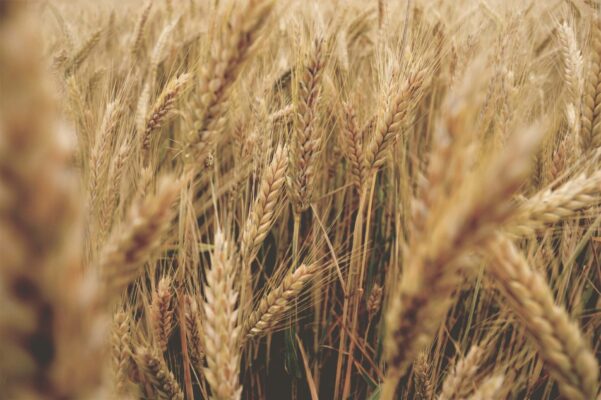eco
What Is Wheat Straw Plastic? Everything You Need To Know!
 For years we have been using plastic for everything from food to clothes and furniture, but in recent years more and more people are looking for alternatives to plastic. Luckily there are many alternatives to plastic one of them is Wheat Straw Plastic.
For years we have been using plastic for everything from food to clothes and furniture, but in recent years more and more people are looking for alternatives to plastic. Luckily there are many alternatives to plastic one of them is Wheat Straw Plastic.
What Is Wheat Straw Plastic?
Wheat is a type of grain that’s most often used to make food. Wheat straw is what’s leftover once the wheat is harvested and using it in plastic production is an ideal zero-waste option.
The plastic is created by breaking down the cellulose the wheat straw contains. This process creates the opportunity to make different kinds of polymers.
How is it made?
Once the wheat has been harvested, the by-product: the straws, contain lignin. Lignin is part of the plant that makes sure that it can keep standing. It’s like the thick trunk of a tree but made for a smaller plant. In combination with sugar, lignin can be turned into a bioplastic. However, the lignin needs to be broken down first in order to make plastic out of it. The University of Warwick in the UK has found that a bacterium called the Rhodococcus jostii (which is found in soil) helps to break down lignin. This bacterium is able to produce acid, which breaks down lignin (and other materials) easily without the intervention of man-made products. This, in itself, is better for the environment. When the lignin has been broken down and combined with sugar, it is a plastic-like substance that is moulded into forms like cups and plates.
Bio-plastics:
Plant-based plastics, also known as Bio-plastics, are creative new materials that have qualities and benefits similar to traditional plastics.
In contrast to regular plastic, which is generated from petroleum, bioplastic is made from a plant source. Wheat straw, bamboo fibre, rice husks, sugar cane, corn starch, and other plant-based polymers are all examples of plant based sustainable alternatives.
Wheat straw is a form of edible grain that is used to produce foods like flour, bread, and wheat-derived goods like pasta all over the world. Wheat straw is a waste product that is frequently burned after the wheat grain is harvested; however, by repurposing this waste for sustainable, innovative materials and products, it becomes a terrific zero waste option.
Wheat straw fibre plastic is food safe certified, BPA free, and FDA approved, making it suitable for a variety of uses.
Rather surprisingly, wheat straw is gluten free! This is one of the most frequently asked questions, and the answer may surprise you. Yes, wheat straw is gluten-free. This is due to the fact that wheat straw does not naturally contain gluten.Wheat straw fibre products can often be used by those following a gluten-free diet.
Are Wheat Straw products like plates and reusable water bottles safe?
Yes, wheat straw plastic products are safe. They can be microwaved, frozen and used for many years. Wheat straw products are also naturally anti-bacterial and anti-odour, it’s a win-win!
Is Wheat Straw Plastic biodegradable?
Yes, Wheat straw plastic can be biodegradable in a range of methods. Some bioplastics like wheat straw can be composted at home, while others require industrial composting or will decompose in landfills over time.
How long does it take for Wheat Straw to decompose?
How long do Wheat Straw Plastic products last?
The perks of Wheat Straw products:
- First of all, this plastic is entirely biodegradable. In your home compost, it takes 3 to 6 months to fully compost, but using a city program, that time period is lowered to 1 or 2 months.
- It’s renewable and sustainable. Since these Wheat Straw products are completely natural, they can be decomposed and used as fertilizer.
- They can also be melted back into pulp to create different products again and again.
- It requires less energy to produce Wheat StrawThe production of regular plastic uses a lot of energy and releases a lot of CO2 gases.
- It also helps save our forests because Wheat Straw can also be used to create paper. This material can replace paper typically used for disposable cups, plates, etc.
- Lastly, it’s a profitable source for agricultural farmers since they can sell their waste products for a reasonable price.
Do you still use plastic products? Maybe it's time to consider Wheat Straw products?
Sources:
- worldcentric.org
- Environmentally friendly plastic made from straw could soon be used in dispsable bottles and packaging: dailymail.co.uk
- Environmental implications of plastic debris in marine settings – entanglement, ingestion, smothering, hangers-on, hitch-hiking and alien invasions: ncbi.nlm.nih.gov


